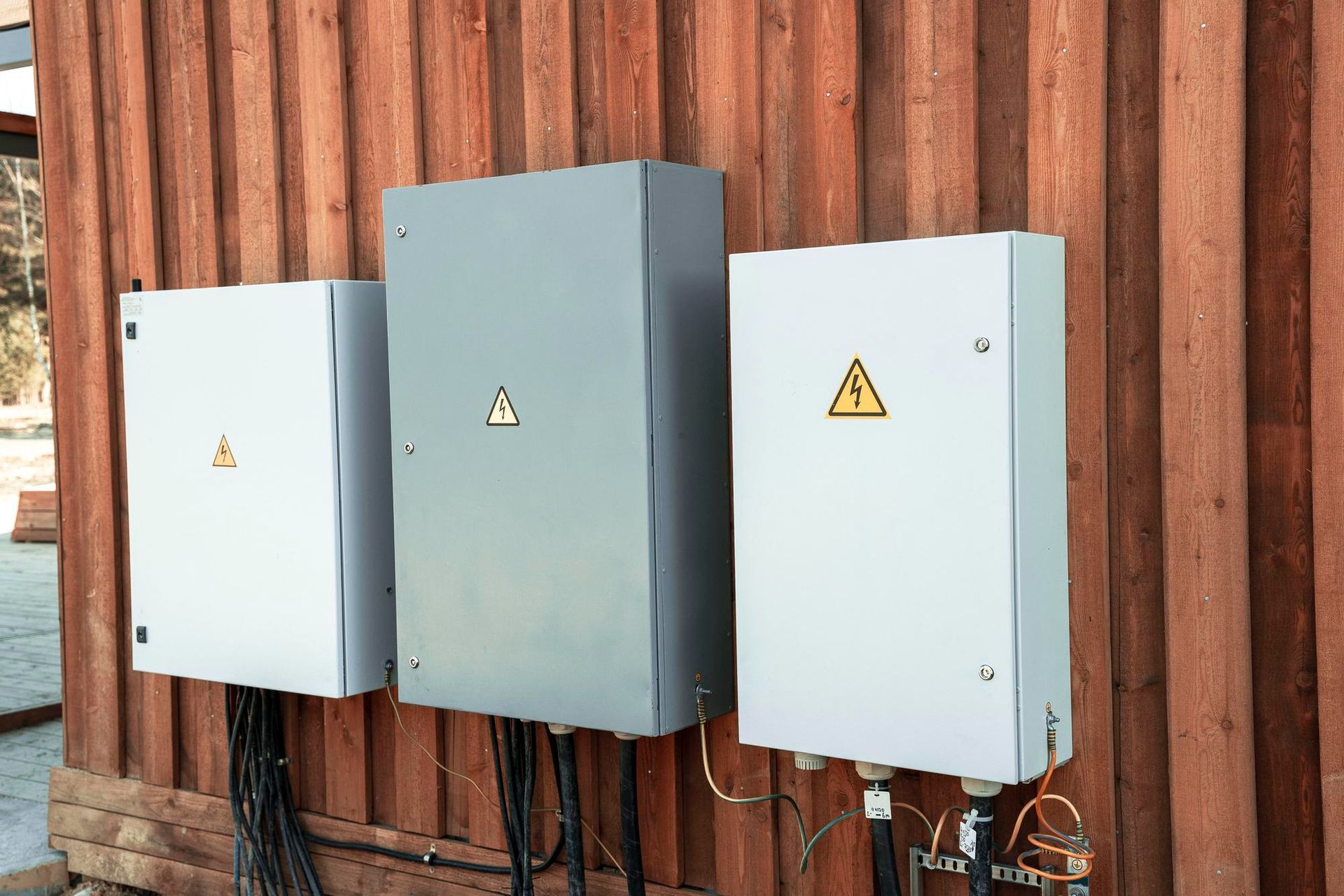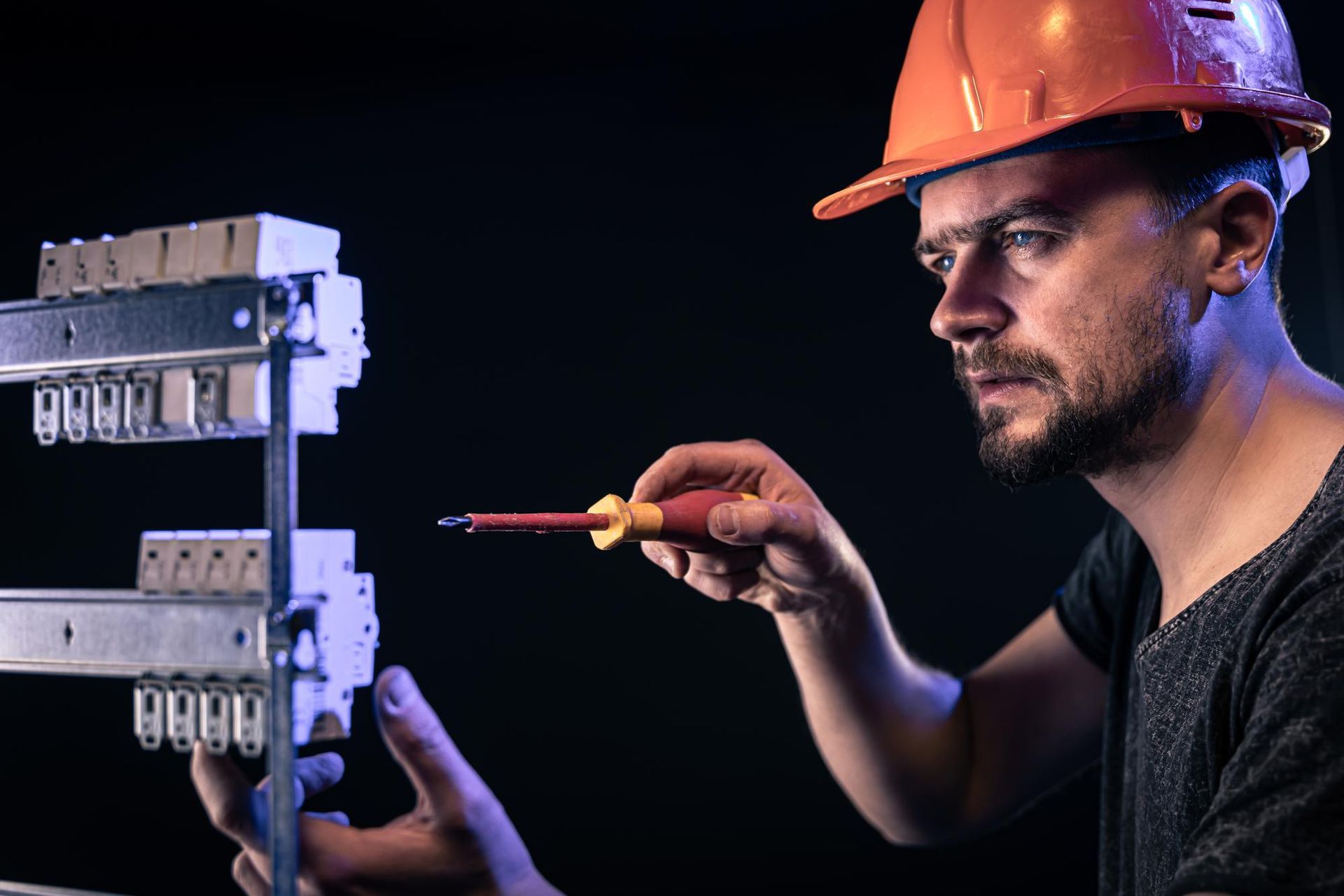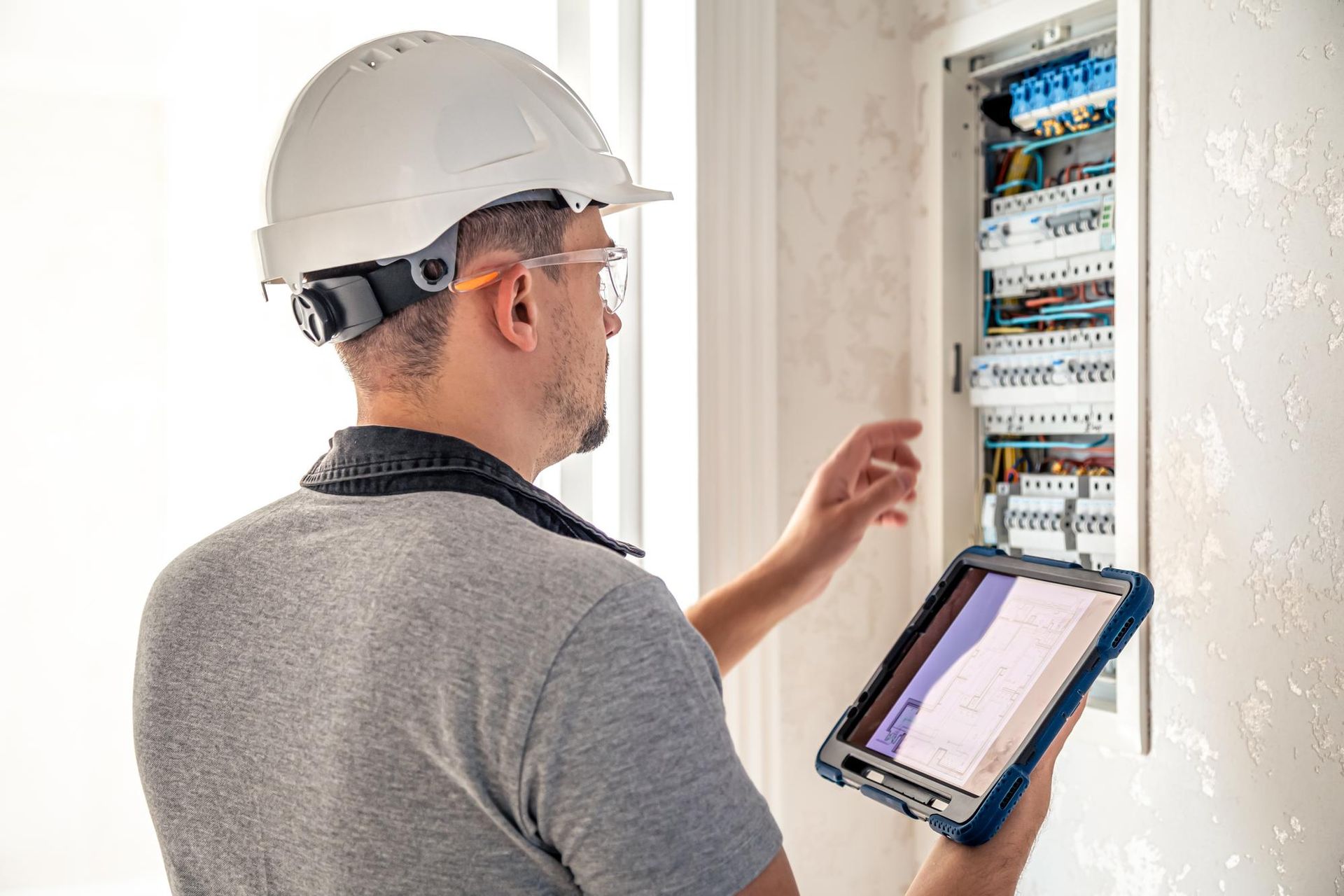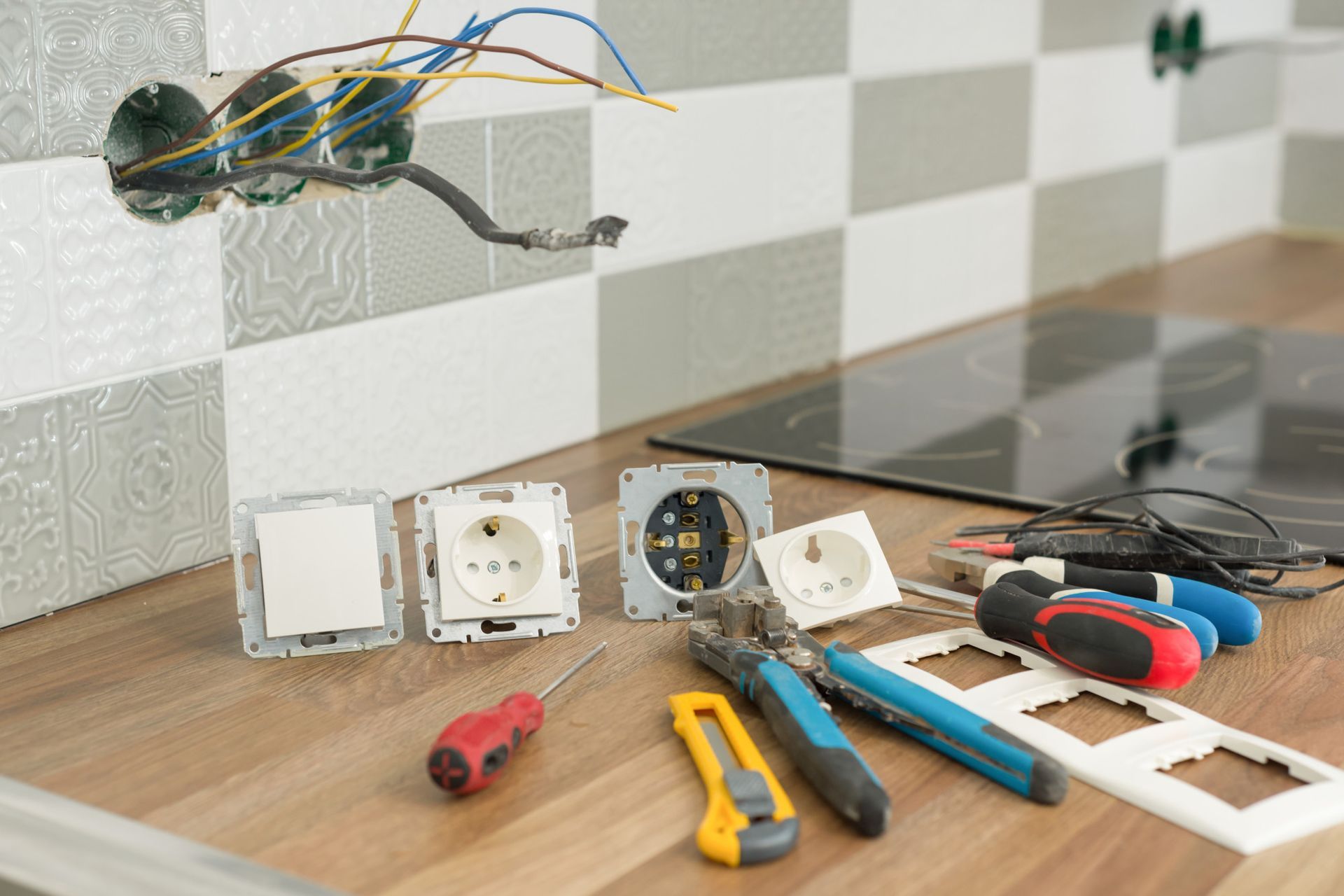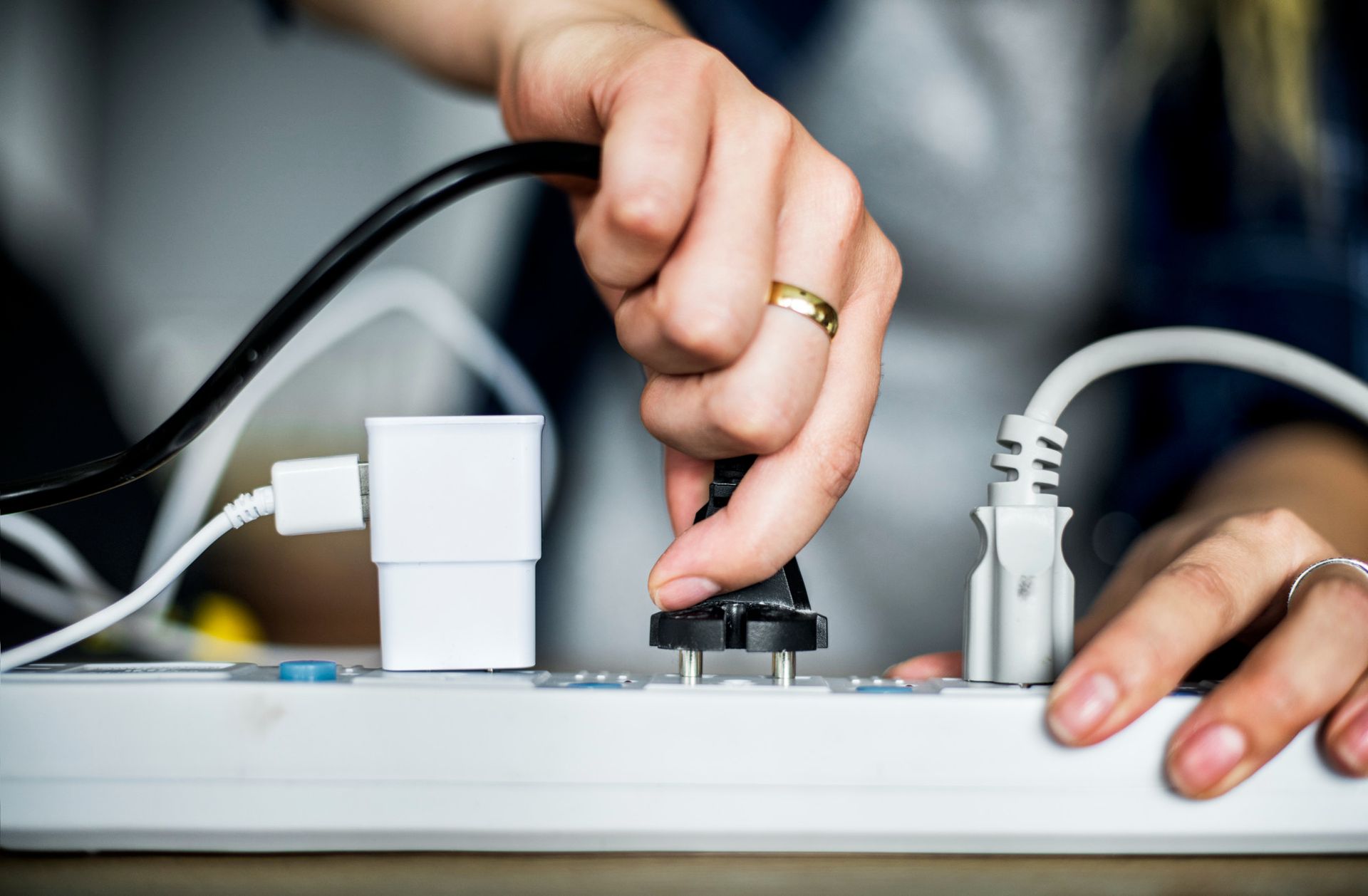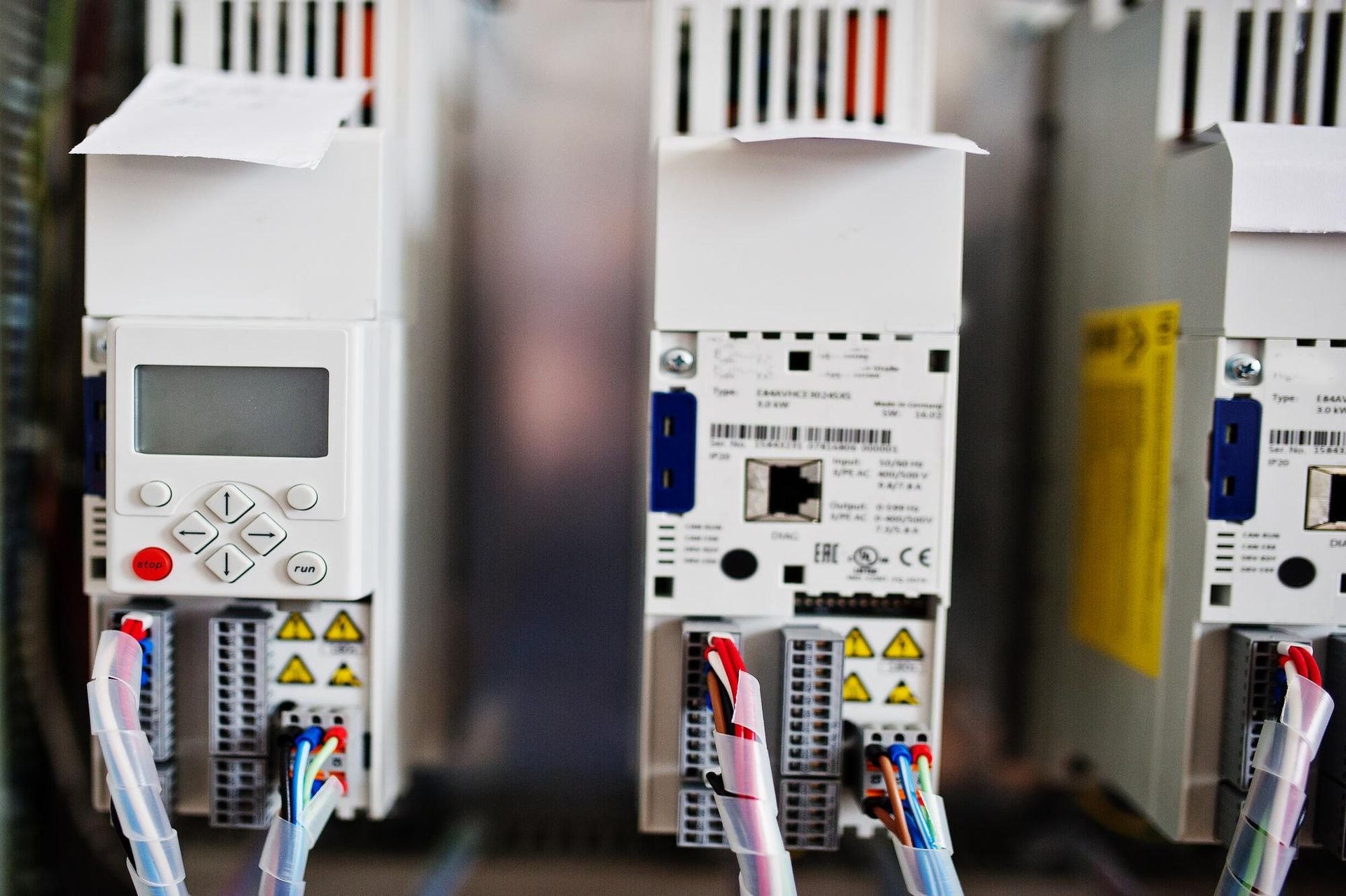Protecting Homes & Businesses: The Role of Circuit Breakers in Electrical Systems
In the modern world, electricity is the lifeblood of our homes and businesses. It powers our devices, lights up our spaces, and facilitates the smooth operation of countless industries. However, as much as electricity is an essential resource, it can also be a potential hazard if not managed correctly. Enter the circuit breaker – an unsung hero in the realm of
electrical safety. This vital component plays a pivotal role in safeguarding both residential and commercial environments. But what exactly is a circuit breaker? And why is it so indispensable? Let's delve deeper.
What is a Circuit Breaker?
A circuit breaker, in its essence, is a protective device. However, there's much more to this essential component than initially meets the eye. Let's explore the depths of its functionality, types, and importance.
Definition: A circuit breaker is an automatically-operated electrical switch designed to safeguard an electrical circuit from the damage that can be caused by an overload or a short circuit. Its principal function is to detect a faulty condition and, upon identifying one, interrupt the flow of electricity.
Underlying Principle: Every circuit breaker operates on a common principle: sensing abnormalities in the electrical current and disrupting the electrical flow when these anomalies exceed safe levels. This might be due to a sudden surge of electricity (as with a short circuit) or a prolonged excessive current, which is an overload.
Types of Circuit Breakers:
- Thermal Magnetic Circuit Breakers: These combine the properties of a bimetallic strip and an electromagnet. In the event of an overload, the bimetallic strip heats up and bends, breaking the circuit. For short circuits, the increased current amplifies the electromagnet's pull, triggering the breaker.
- Magnetic Circuit Breakers: Solely reliant on electromagnetism, these breakers react to surges in current. The stronger the current, the stronger the magnetic force, which will then pull a lever and break the circuit.
- Ground Fault Circuit Interrupters (GFCIs): Designed to protect against electric shocks, they monitor the balance between incoming and outgoing current. A detected imbalance, which indicates electricity escaping the intended circuit, triggers the breaker.
- Arc Fault Circuit Interrupters (AFCIs): These protect against arcs, which are potential fire risks.
AFCIs can distinguish between harmless arcs (like when a switch is turned on) and dangerous arcs (from frayed wires), breaking the circuit in the latter case.
- Hydraulic Magnetic Circuit Breakers: These utilize a hydraulic time delay feature in conjunction with a magnetic actuator to manage overcurrents and short circuits.
Components: While the exact components can vary depending on the type and complexity of the circuit breaker, they generally consist of a switch, an electromagnet or bimetallic strip, an actuator mechanism, and terminals.
Rating: Every circuit breaker has a specific rating, which denotes the maximum current it can handle without tripping. Exceeding this rating is what typically triggers the breaker to ensure the circuit's safety.
Reset Mechanism: A key difference between fuses and circuit breakers is that the latter can be reset. Once a circuit breaker has done its job by interrupting an unsafe electrical surge, it can be manually reset back to its 'on' position, ready to protect against future anomalies.
The Evolution of the Circuit Breaker
The story of the circuit breaker goes back many years. As electrical systems grew more complex, the need for a device that could quickly and safely interrupt the flow of electricity became evident. While earlier methods employed fuses, which melted under strain to disrupt electrical flow, these were one-time-use and had to be replaced after each interruption. The circuit breaker, however, offered a reusable solution. With each technological advancement, the circuit breaker has evolved, becoming more reliable, efficient, and adaptable to the needs of
modern electrical systems.
How Does a Circuit Breaker Work?
A circuit breaker's primary function is to act as a protective device, ensuring that electrical circuits aren't damaged by overloads or short circuits. But to truly appreciate its role, it's crucial to understand its inner workings.
- Basic Principle: At the heart of a circuit breaker's operation is a simple principle: to detect irregularities in the flow of electric current and, upon detection, interrupt that flow. This interruption prevents potential electrical fires, damage to appliances, or even electrocution.
- Bimetallic Strip: Many household circuit breakers utilize a bimetallic strip as a fundamental component. When there's an overload, the increase in current causes the bimetallic strip to heat up. As different metals expand at different rates when heated, the strip bends, eventually triggering a mechanism that moves the switch to the 'off' position, breaking the circuit.
- Electromagnetic Action: In addition to or instead of a bimetallic strip, some circuit breakers use an electromagnet (a coil of wire wrapped around a soft iron core). When the current flows normally, the electromagnet doesn't exert any noticeable force. But, in the event of a sudden surge or short circuit, the increased flow of electricity strengthens the magnet. This magnetic force then activates a lever, pulling the switch into the 'off' position.
- Arc Extinguishing:
When the circuit breaker interrupts the current flow, it can create an electric arc — a visible plasma discharge between separated contacts. Circuit breakers are designed with an 'arc chute,' a set of plates that the arc moves through. This chute divides and cools the arc, eventually extinguishing it.
- Trip-Free Mechanism:
Modern circuit breakers often come equipped with a trip-free mechanism. This feature ensures that even if the switch is held in the 'on' position, the circuit breaker will still trip if a fault is detected. It's an added layer of protection, ensuring that the breaker responds to faults regardless of manual interference.
- Ground Fault Circuit Interrupters (GFCIs):
Some circuit breakers also include GFCI technology. These are designed to protect individuals from electric shock. They constantly monitor the balance between incoming and outgoing current. If an imbalance is detected, indicating a potential ground fault (where electricity is escaping the circuit, potentially through a person), the GFCI will trip the circuit in mere milliseconds, greatly reducing the risk of injury.
Benefits of Circuit Breakers in Homes and Businesses
- Safety: First and foremost, circuit breakers provide an essential safety barrier against electrical fires and potential electrocution. They ensure that any irregularities in the flow of electricity are promptly addressed, keeping the inhabitants of a building safe.
- Cost-Efficiency: Damage to electrical equipment can be expensive. By preventing electrical surges from reaching sensitive devices, circuit breakers save homeowners and businesses significant repair or replacement costs.
- Convenience: Unlike traditional fuses that need replacement after breaking the circuit, circuit breakers can be easily reset. This means less downtime and hassle, especially crucial for businesses where every second counts.
- Flexibility: Modern circuit breakers can be tailored to specific needs. Whether it's for a high-powered industrial setting or a small home, there's a circuit breaker designed for the job.
Maintaining Your Circuit Breaker
To ensure the longevity and consistent performance of your circuit breaker, regular maintenance is pivotal. Just like you wouldn’t neglect servicing your car or checking the batteries in your smoke detector, tending to your circuit breaker is essential for optimum electrical safety.
- Visual Inspection:
Begin with a visual check. Look for any signs of wear, tear, or damage. Rust, discoloration, or any burnt marks could be indications of potential problems. Make sure the area around the circuit breaker is free of debris and dirt, which could hamper its functionality.
- Manual Testing: Periodically (preferably once a year), switch off the circuit breaker and then switch it back on. This simple test can help ensure that it's functioning correctly. If you encounter any resistance or if the switch doesn't stay in the 'on' or 'off' position, it might be time for a replacement or a more thorough inspection.
- Check Tightness of Connections:
Over time, the connections within the circuit breaker can become loose, which can lead to overheating. Using a torque screwdriver, make sure all connections are tight. However, it's essential to ensure that the breaker is off and that you're taking all necessary precautions or consulting a professional when doing this.
- Professional Inspection:
While DIY checks are beneficial, having a professional electrician inspect your circuit breaker every few years is crucial. They can perform a more detailed analysis, including checking for correct voltage, ensuring that all components are in good shape, and verifying that the circuit breaker is still up to safety standards.
- Keep it Clean:
Dust and debris can accumulate inside the circuit breaker box over time. Ensure the interior is kept clean by gently using a soft brush or vacuum to remove any accumulated particles. Before cleaning, always turn off the main power supply for safety.
- Update When Necessary:
Like all technologies, circuit breakers have a life expectancy. If yours is several decades old or is frequently tripping, it might be time to consider a replacement. Newer models offer enhanced safety features and can be more attuned to the needs of modern electrical systems.
- Stay Informed: Circuit breakers, depending on their type and function, might have specific maintenance requirements. It's beneficial to keep the user manual handy and refer to it when needed. The manual often provides essential insights into troubleshooting and maintenance specific to the model.
Conclusion
The circuit breaker, often tucked away in an electrical box and overlooked, plays an essential role in our daily lives. It silently and continuously works to protect our homes and businesses from the potential dangers posed by electrical faults. Whether you're in Santa Cruz or Felton, CA, ensuring that your circuit breakers are properly installed and maintained is of utmost importance.
Recognized as one of the best service providers in the region, Alpha Omega Electric can be your go-to expert for all electrical needs. With their impeccable reputation and unmatched service quality, you can reach them at (831) 346-3001 to ensure your electrical systems are in optimal condition.
In understanding the function and significance of circuit breakers, we gain a deeper appreciation for the intricate systems that keep our world running smoothly. Every time we flick a light switch, every buzz of an appliance, we're reminded of the silent sentinel that is the circuit breaker. It stands guard, ensuring that our relationship with electricity remains harmonious and safe. It's a testament to human ingenuity and our ever-present desire to improve, innovate, and safeguard our future.
Service Areas: San Jose, CA | Los Gatos, CA | Scotts Valley, CA | Soquel, CA | Capitola, CA | Aptos, CA | Saratoga, CA | Campbell, CA | Watsonville, CA
|
Cupertino, CA |
Morgan Hill, CA |
Santa Clara, CA |
Marina, CA |
Pacific Grove, CA |
Gilroy, CA |
Twin Lakes, CA |
Pasatiempo, CA
Copyright © 2022 Alpha Omega Electric, all rights reserved.
Scotts Valley, CA 95066 (831) 346-3001

